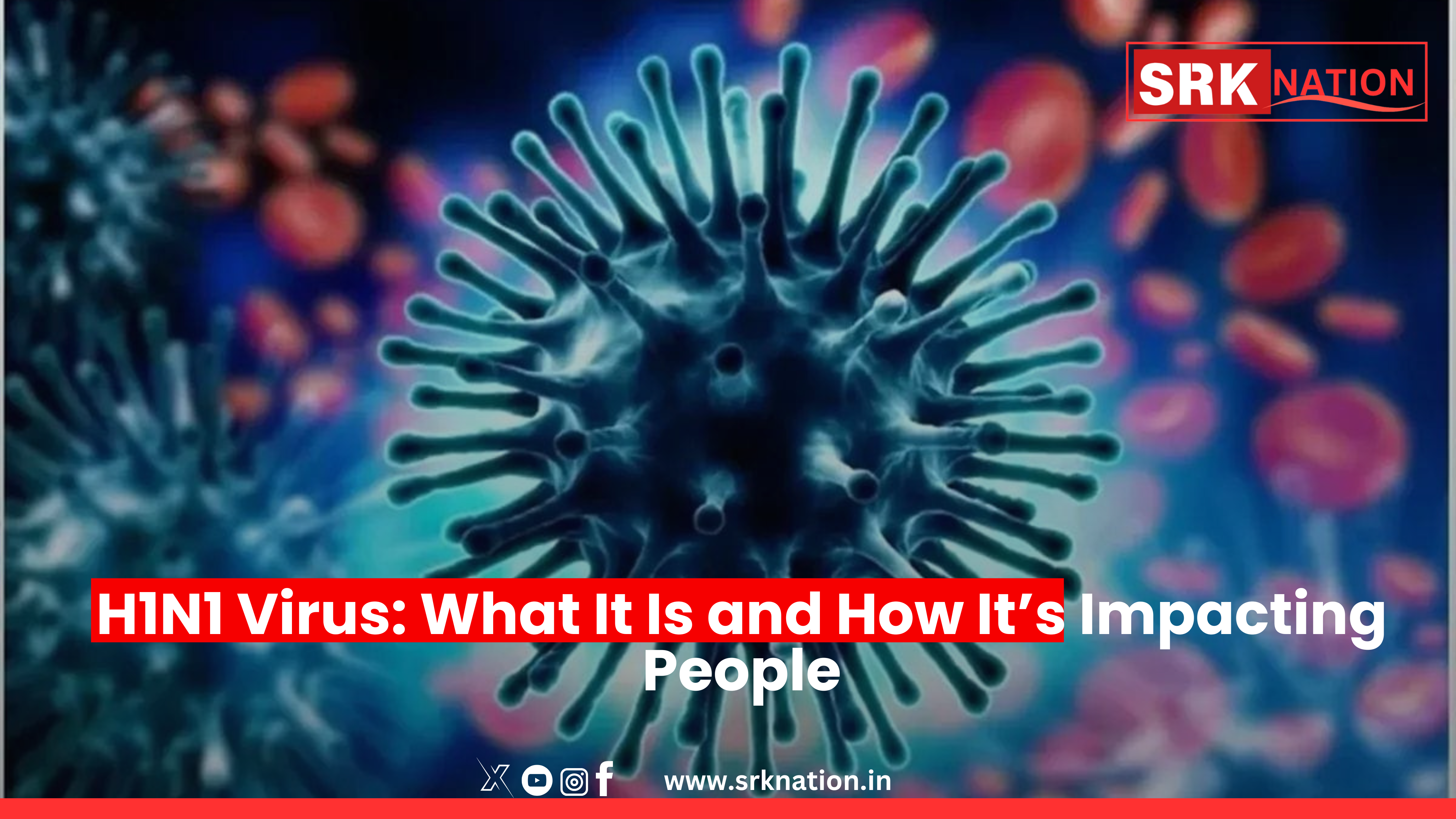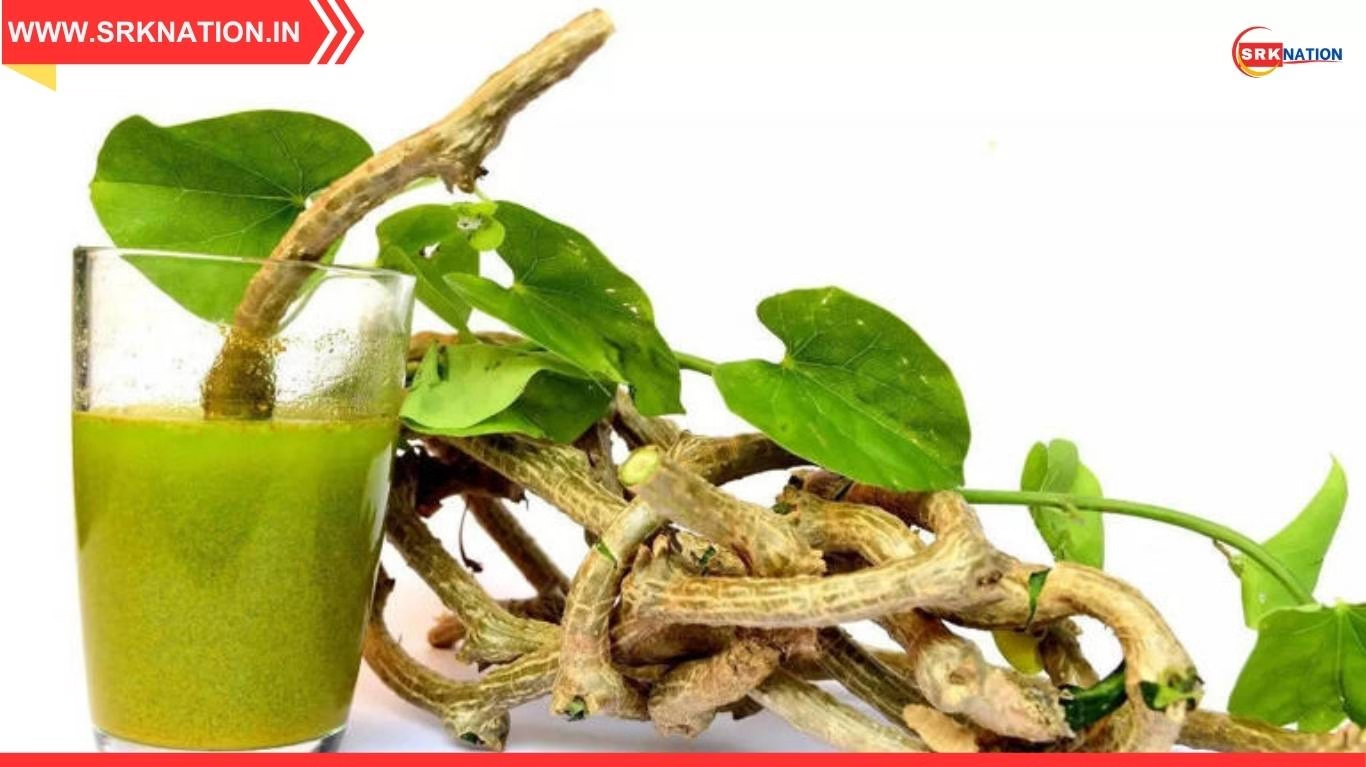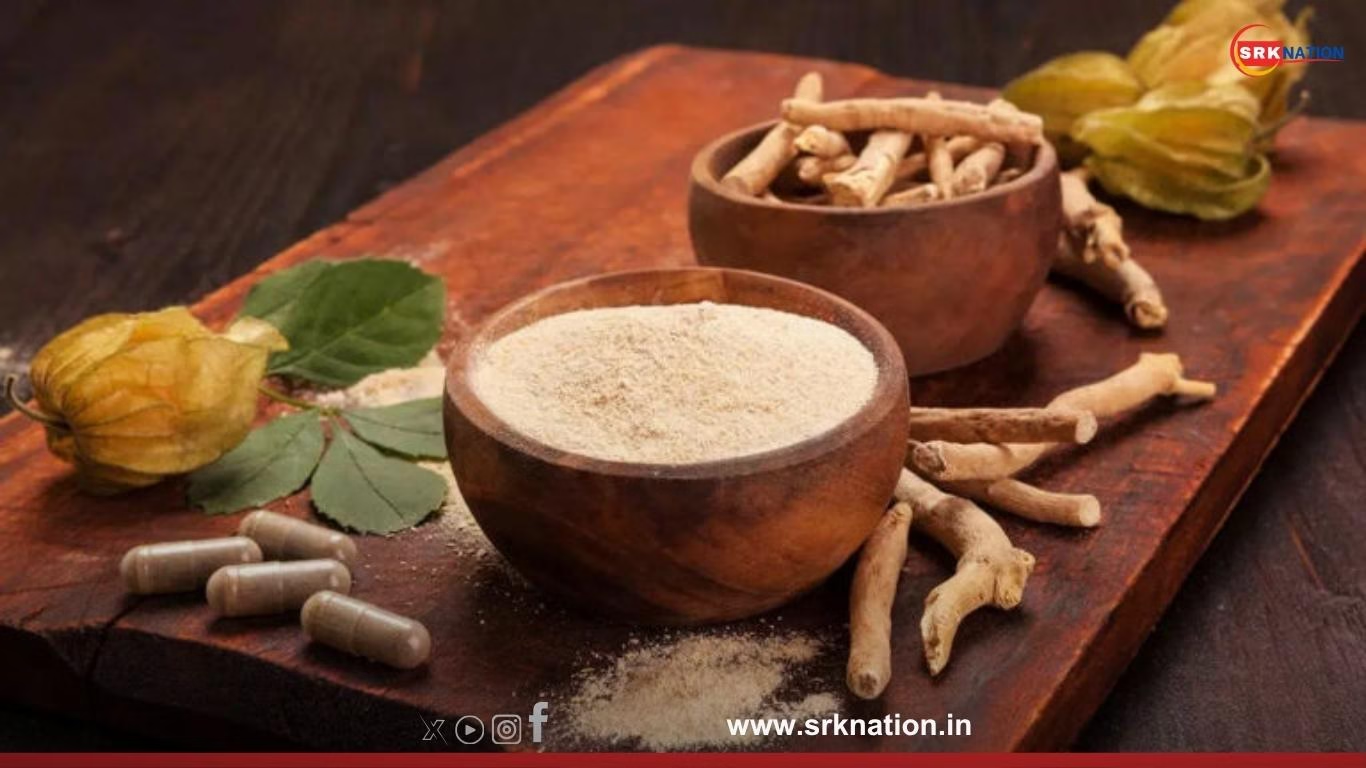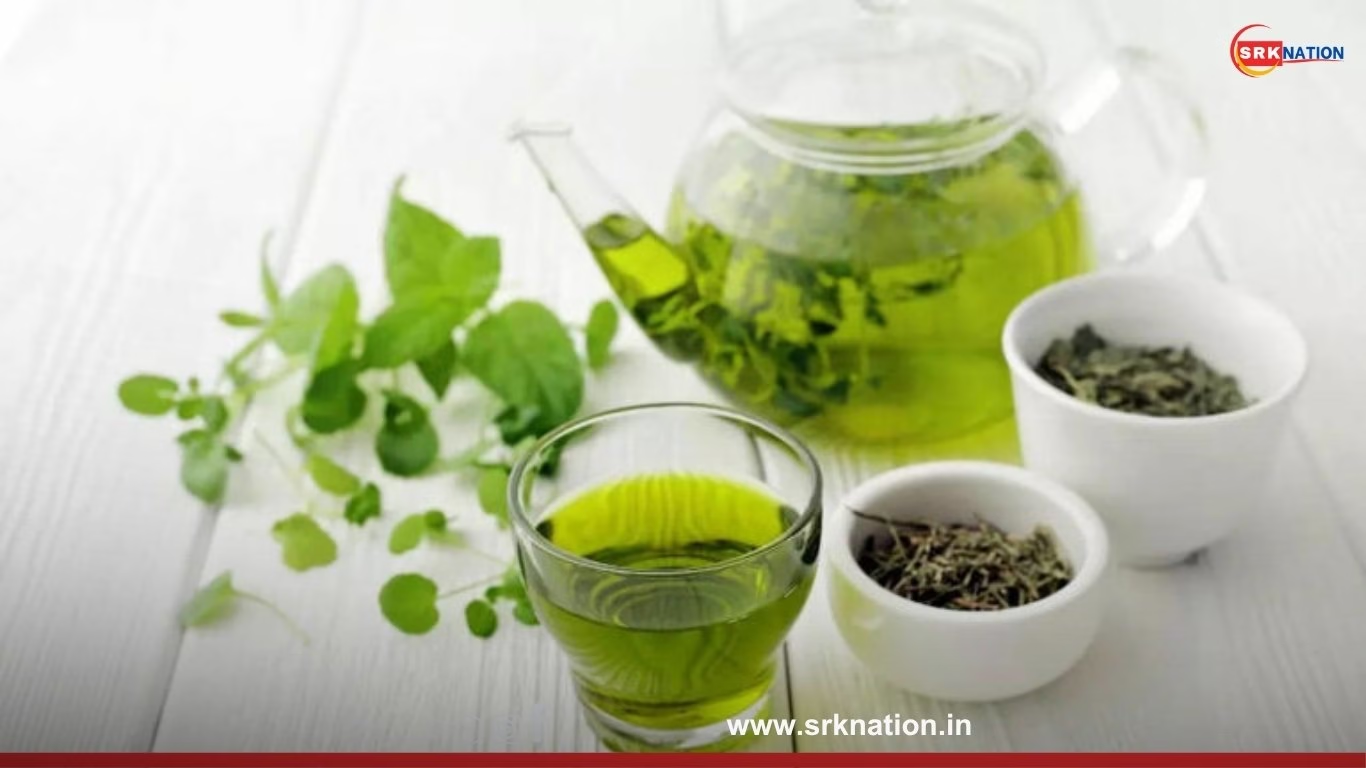Swine flu, officially recognized as the H1N1 virus, has made a resurgence in various parts of the country, including Delhi, sparking concerns due to its similarities to COVID-19. As cases surge, health officials and the public alike are focusing on understanding and combating the virus.
What is the H1N1 Virus?
H1N1 is a subtype of the influenza A virus that first gained global attention during the 2009 pandemic, which infected millions and caused an estimated 284,400 deaths worldwide. While the pandemic was declared over in 2010, the H1N1 strain evolved into a seasonal flu virus that continues to affect people annually.
How Does It Spread?
H1N1 primarily spreads through respiratory droplets from a sick person when they cough, sneeze, or speak. These droplets can be inhaled by people nearby, making crowded environments like public transport, markets, and offices prime areas for transmission. The virus can also spread through contact with contaminated surfaces, such as doorknobs or mobile phones, especially if individuals touch their nose, mouth, or eyes afterward.
Symptoms to Watch Out For
Symptoms of H1N1 can range from mild to severe and often resemble those of seasonal flu or COVID-19, making it difficult to differentiate without clinical testing. Key symptoms include:
- High fever.
- Persistent cough and sore throat.
- Runny or congested nose.
- Body aches and joint pain causing fatigue.
- Headaches, chills, and general malaise.
In some cases, the infection may also result in gastrointestinal issues like nausea, vomiting, or diarrhea.
Prevention and Safety Tips
Medical experts emphasize the importance of taking simple, yet effective, precautions to prevent H1N1 infection:
- Wear Masks: Use masks in crowded settings to avoid inhaling respiratory droplets.
- Practice Hand Hygiene: Wash hands frequently with soap and water, or sanitize with alcohol-based products.
- Avoid Touching Face: Refrain from touching the nose, mouth, or eyes unnecessarily to reduce the risk of transmission.
- Vaccination: The seasonal flu vaccine provides protection against H1N1 and is highly recommended.
What to Do If You Have Symptoms
If you experience flu-like symptoms, monitor your condition closely. While most cases resolve naturally, certain warning signs like persistent high fever, shortness of breath, or chest pain warrant immediate medical attention. Early intervention is particularly crucial for high-risk individuals.
The Bigger Picture
Though H1N1 is an older virus, the current spike in cases serves as a stark reminder of the dangers posed by seasonal flu. With overlapping symptoms between H1N1, COVID-19, and other respiratory illnesses, proper hygiene and timely medical care remain the best defense against this viral threat.
By staying vigilant and adopting preventive measures, we can curb the spread of H1N1 and ensure the safety of our communities.











